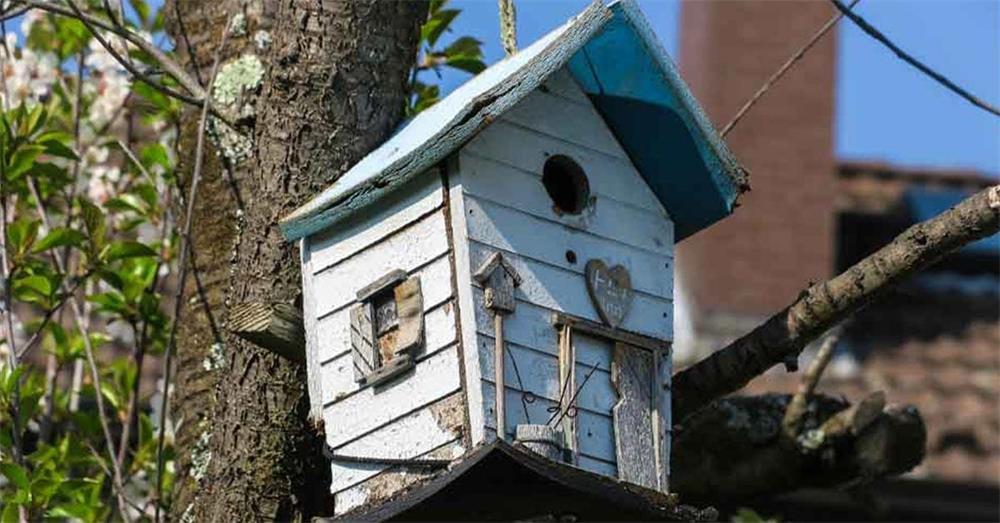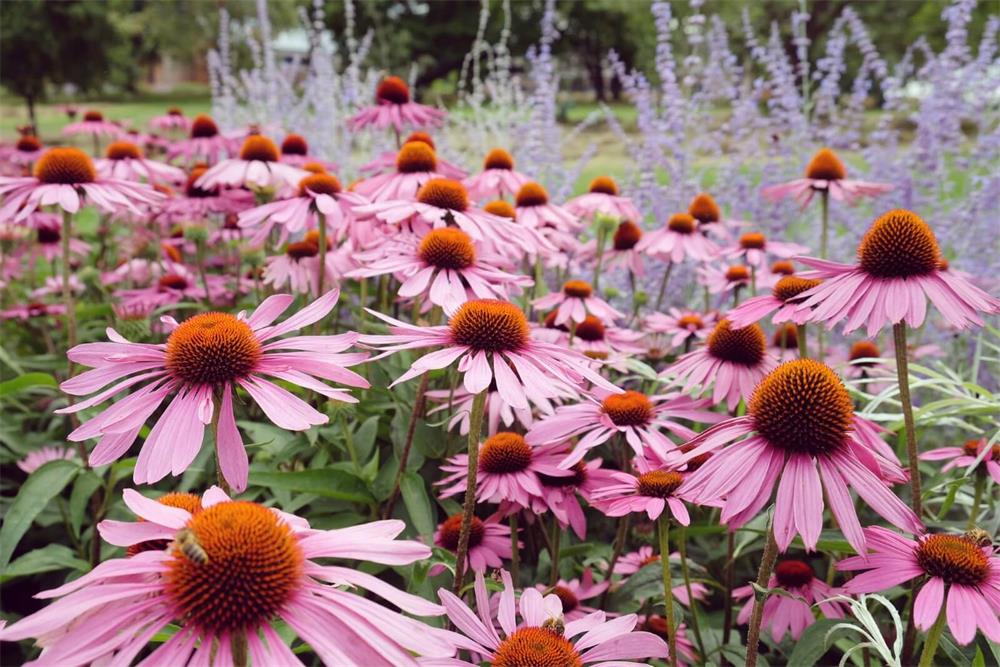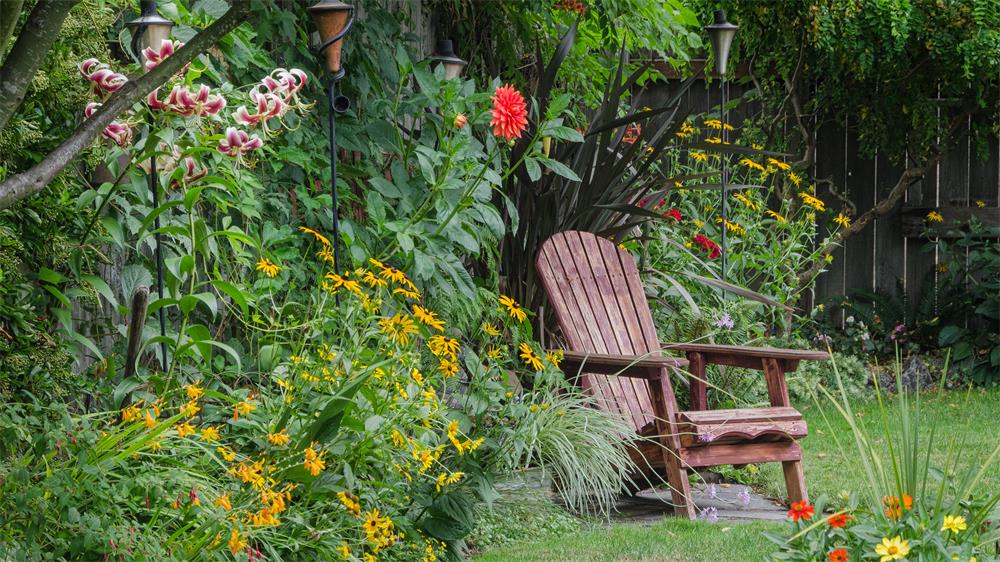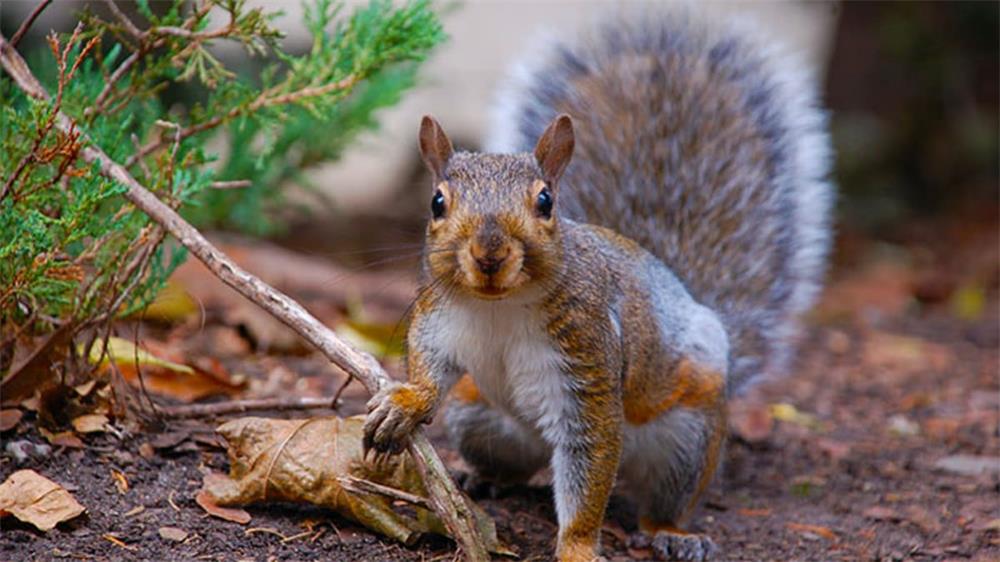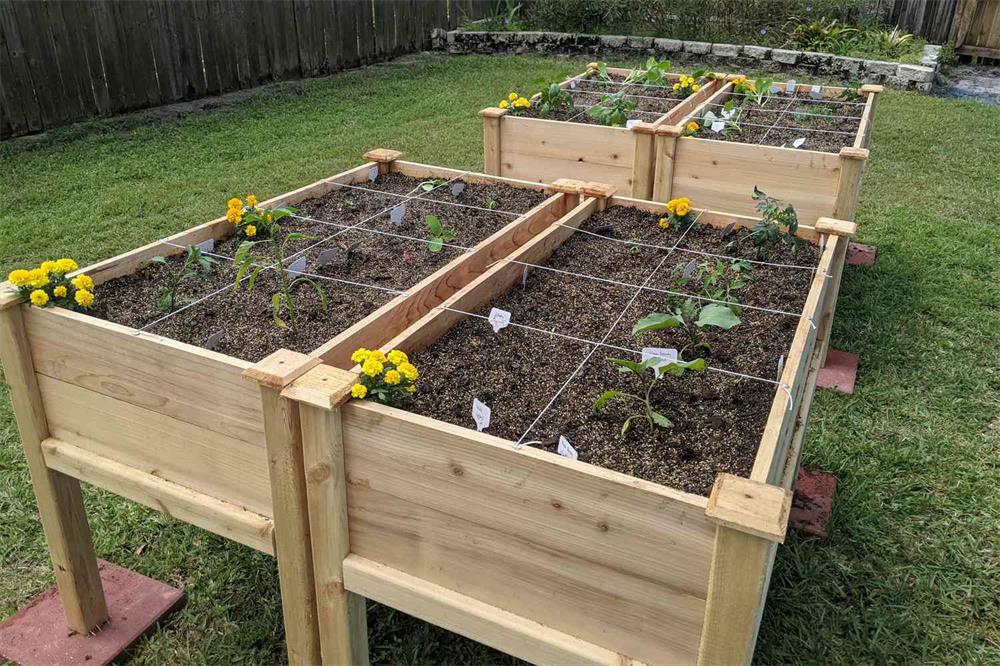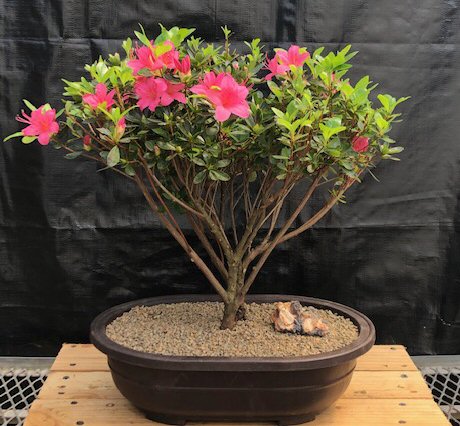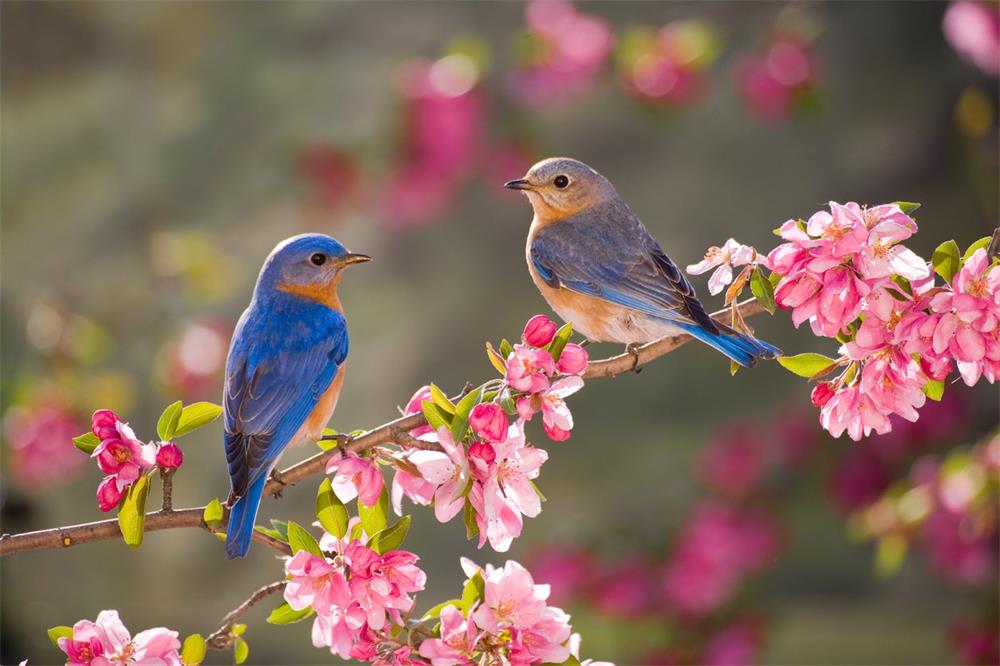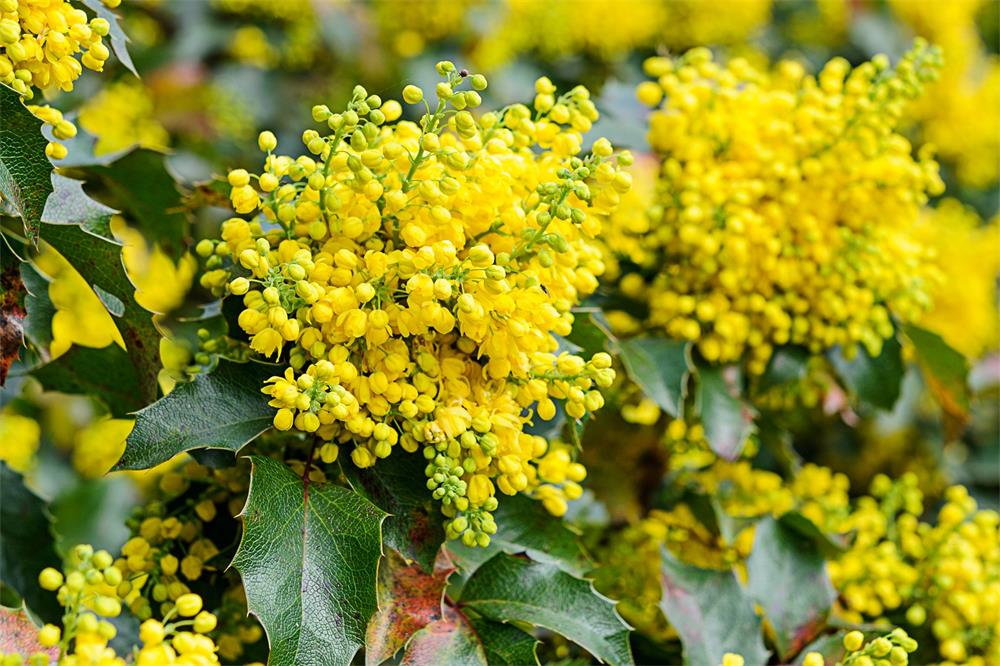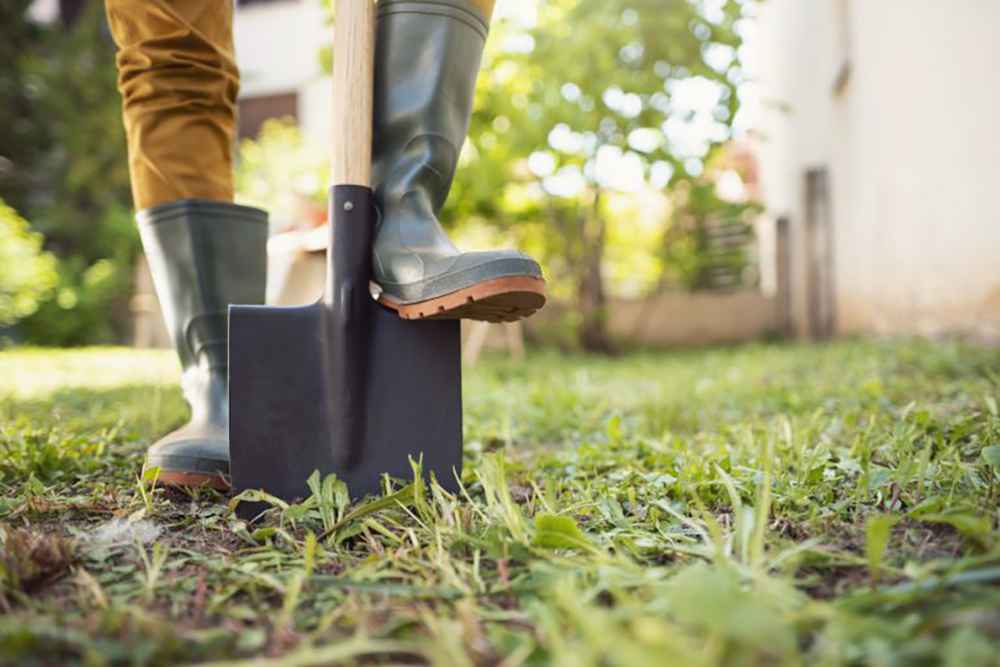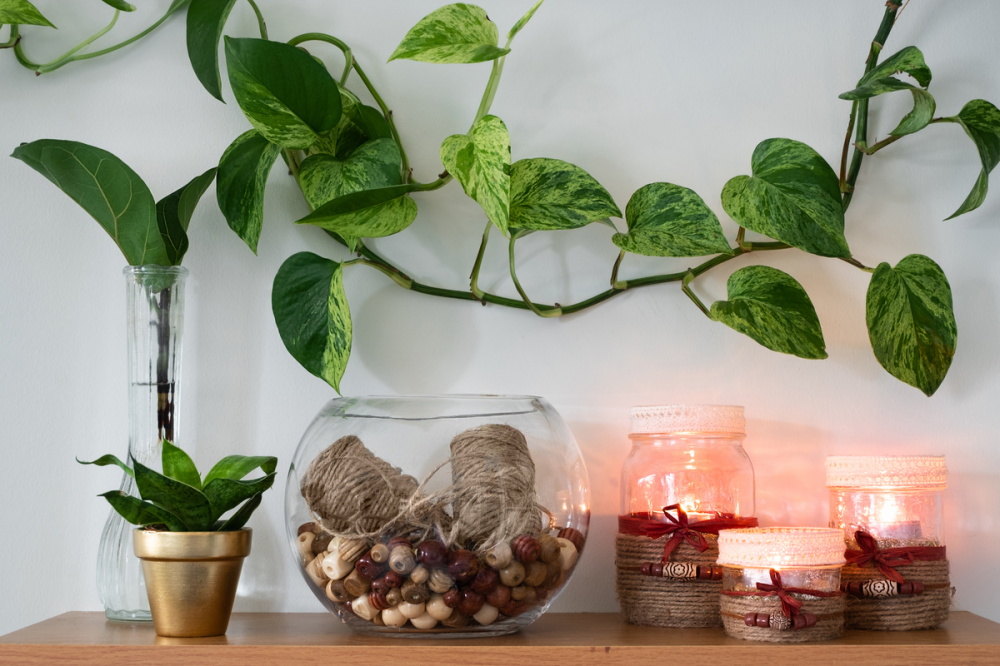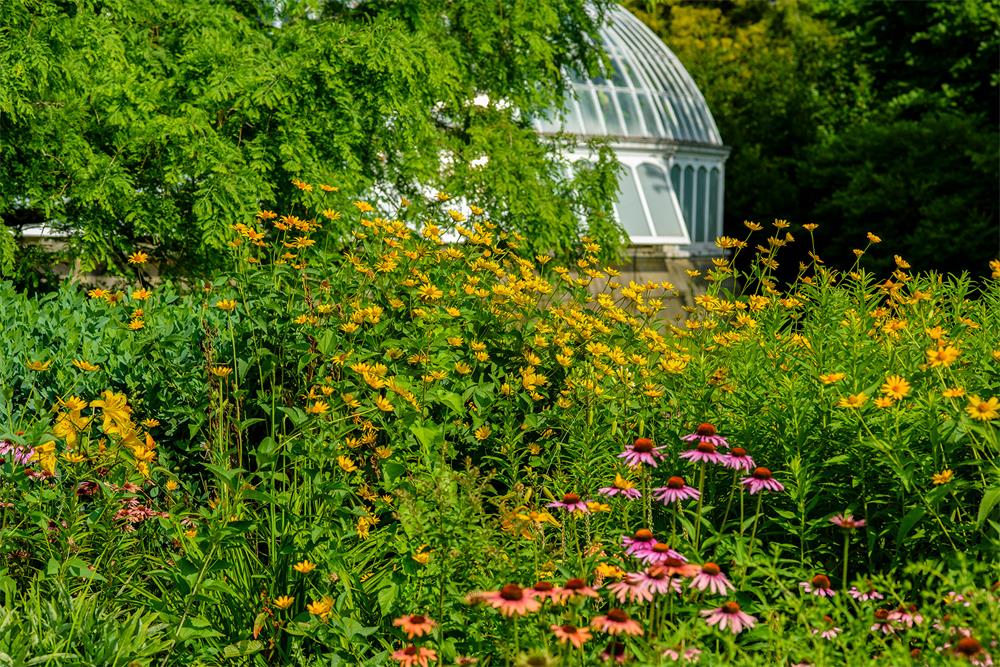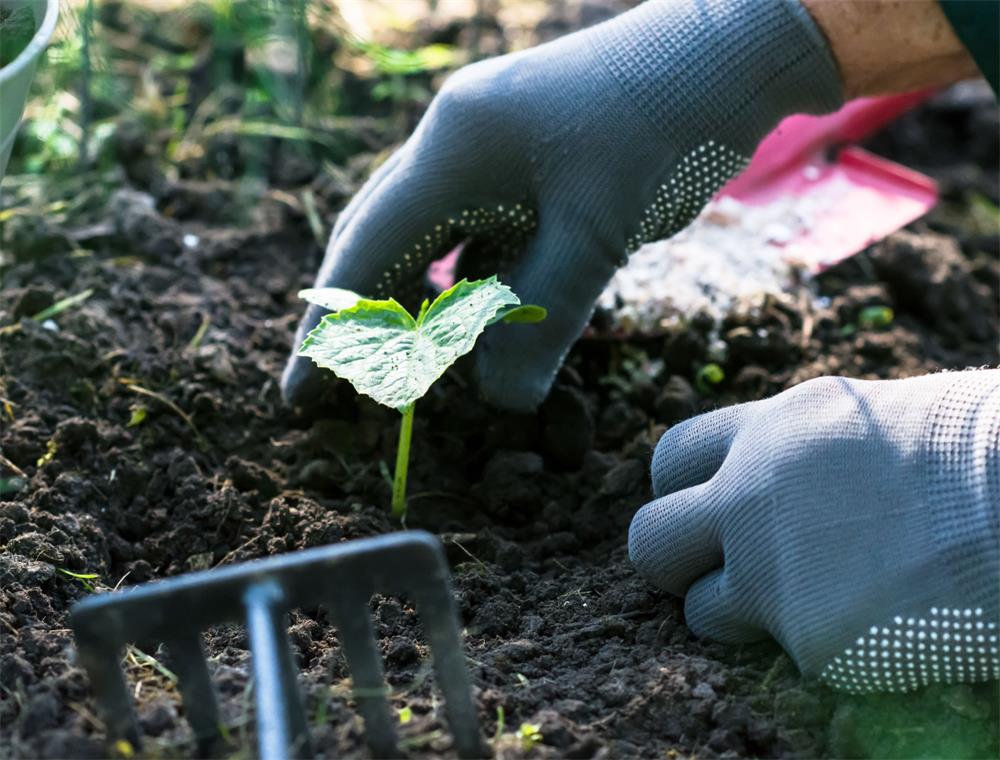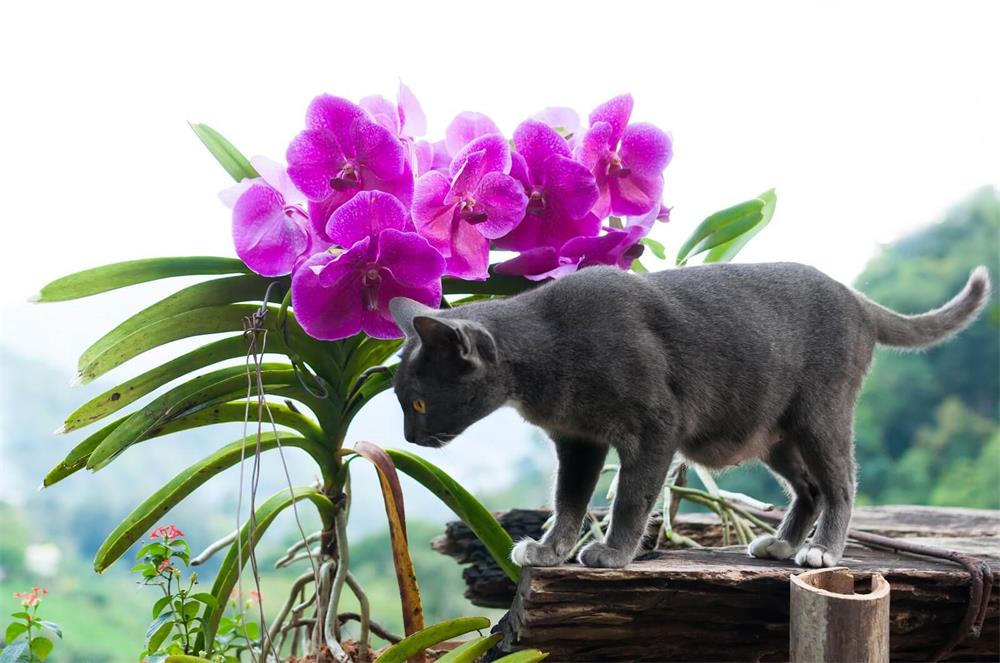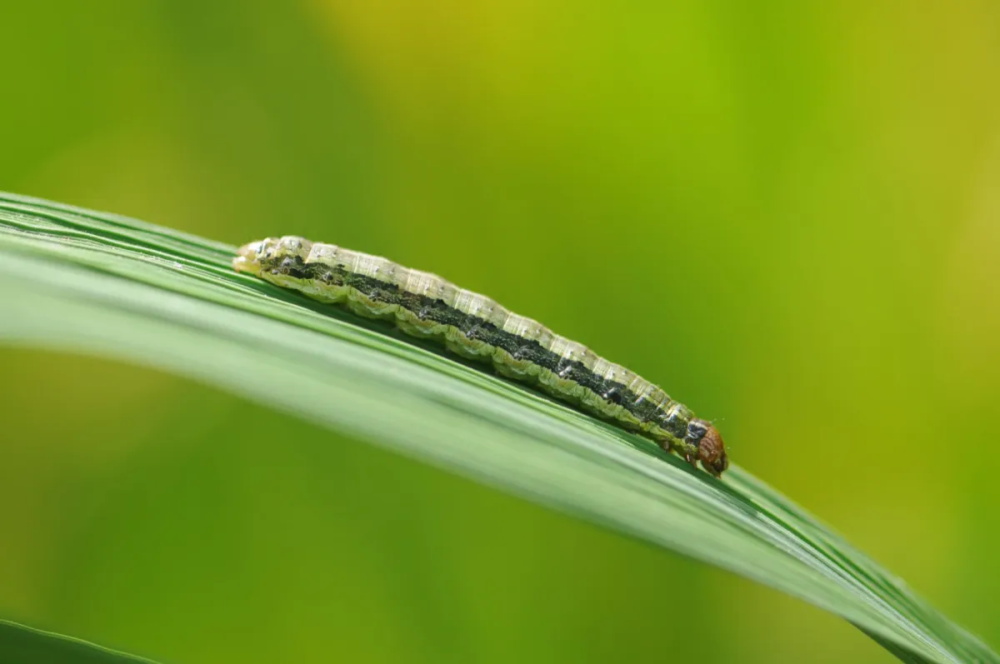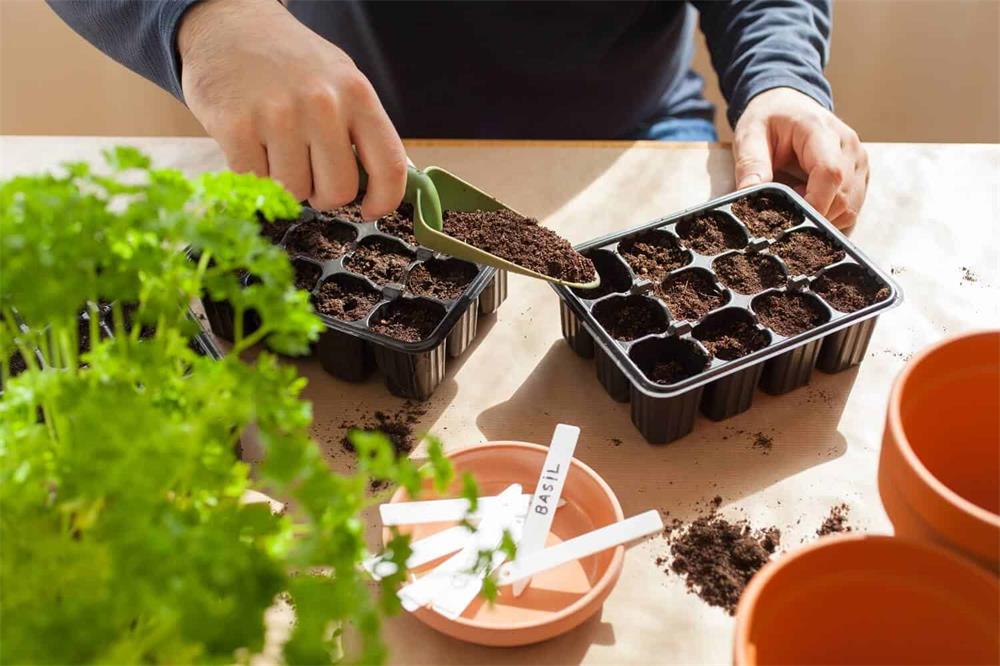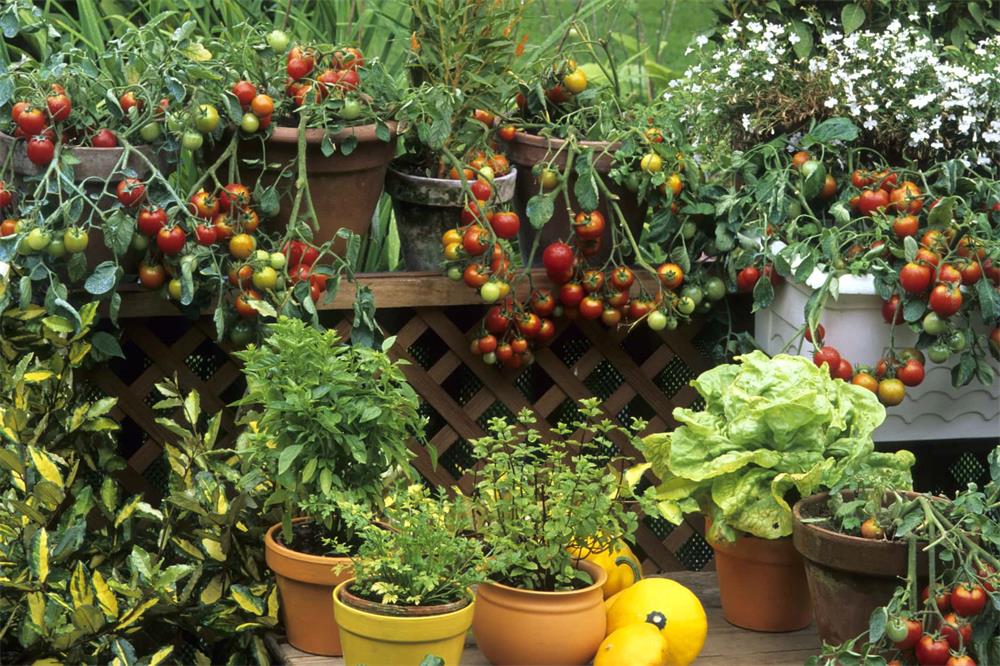
Table of Contents
Small gardens can be beautiful, functional, and enjoyable if you plan them well. Whether you have a tiny balcony, a narrow side yard, or a small backyard, you can create a garden that suits your style, needs, and budget. Here are some tips and ideas for designing a small garden that will make the most of your space.
Choose the Best Location for Your Garden
The first step in designing a small garden is to choose the best location for it. Consider these factors:
- Sunlight: Most plants need at least 6 to 8 hours of sun per day to thrive, so look for a spot that gets plenty of light. If your space is shady, you can still grow plants that prefer low-light conditions, such as ferns, hostas, and impatiens.
- Water: Your plants will need regular watering, especially in hot and dry weather, so make sure your garden is close to a water source, such as a hose, faucet, or rain barrel. You can also install a drip irrigation system or a self-watering container to save water and time.
- Access: You want to be able to enjoy your garden from inside and outside your home, so pick a spot that is visible and easy to reach. You also want to be able to walk into your garden without stepping on your plants or disturbing the soil, so leave some space for pathways or stepping stones.
- Size: Measure the space you have available for your garden and draw it to scale on a piece of graph paper or use an online garden planner tool. This will help you plan the layout, shape, and size of your garden beds and containers.
Follow Design Principles for Your Garden
The next step in designing a small garden is to follow some basic design principles that will help you create a visually appealing and functional space. Here are some tips:
- Create a focal point: A focal point is an element that draws attention and creates interest in your garden. It can be a plant, a sculpture, a fountain, or anything else that stands out. A focal point can also create a sense of depth and direction in your garden by leading the eye towards it.
- Use vertical space: Vertical gardening is a great way to add height, color, and texture to your small garden. You can use trellises, arbors, pergolas, walls, fences, or hanging baskets to grow climbing plants, vines, or flowers. You can also use shelves, ladders, or hooks to display potted plants or accessories.
- Choose a color scheme: A color scheme is a combination of colors that work well together and create a mood in your garden. You can choose colors that are complementary (opposite on the color wheel), analogous (next to each other on the color wheel), or monochromatic (different shades of the same color). You can also use contrast, harmony, or repetition to create visual interest and balance in your garden.
- Mix shapes and textures: Shapes and textures are the forms and surfaces of your plants and materials in your garden. You can mix different shapes and textures to create variety and contrast in your garden. For example, you can combine round and spiky plants, smooth and rough stones, or shiny and matte pots.
Select Your Plants for Your Garden
The final step in designing a small garden is to select your plants for it. Consider these factors:
- Purpose: Think about what you want your garden to do for you. Do you want it to provide food, flowers, fragrance, wildlife habitat, or something else? Choose plants that match your purpose and preferences. For example, if you want to grow vegetables, herbs, or fruits, look for plants that are suitable for containers or raised beds and have high yields.
- Climate: Choose plants that are adapted to your climate and hardiness zone. Check the labels or tags of the plants for information on their sun, water, soil, and temperature requirements. You can also consult local nurseries or gardening experts for advice on what plants grow well in your area.
- Size: Choose plants that fit the size of your space and containers when they reach their full size. Avoid plants that are too large or invasive for your small garden as they may crowd out other plants or require frequent pruning or maintenance. You can also look for dwarf or compact varieties of plants that are smaller than their normal counterparts.
Enjoy Your Small Garden
Once you have designed and planted your small garden, you can enjoy it throughout the year. Here are some tips to keep your garden healthy and beautiful:
- Water your plants regularly: Check the soil moisture of your plants and water them when they are dry. Avoid overwatering or underwatering your plants as this can cause stress or disease. You can use a watering can, a hose, or a drip irrigation system to water your plants. You can also add mulch to your garden beds or containers to help retain moisture and prevent weeds.
- Fertilize your plants occasionally: Feed your plants with organic or synthetic fertilizers to provide them with nutrients and boost their growth and flowering. Follow the instructions on the fertilizer package and apply it at the right time and amount for your plants. You can also use compost or worm castings to enrich your soil and improve its structure and drainage.
- Prune your plants as needed: Trim your plants to remove dead, diseased, or damaged parts and shape them according to your design. Pruning also helps to improve air circulation, light penetration, and flower production in your plants. Use sharp and clean tools to make clean cuts and avoid injuring your plants. Prune your plants at the right time of the year depending on their type and habit.
- Harvest your crops regularly: Pick your fruits, vegetables, herbs, or flowers when they are ripe, mature, or ready to use. Harvesting your crops regularly encourages more production and prevents pests and diseases from attacking them. You can also share your surplus crops with your family, friends, or neighbors.
- Protect your plants from pests and diseases: Monitor your plants for any signs of pests or diseases and take action as soon as possible. You can use physical, cultural, biological, or chemical methods to control pests and diseases in your garden. You can also choose resistant varieties of plants or companion plants that repel or attract beneficial insects.
Enjoying a small garden is not only rewarding but also relaxing and fun. You can use your garden as a place to relax, entertain, play, learn, or create. You can also use your garden as a source of inspiration, beauty, and joy in your life.



